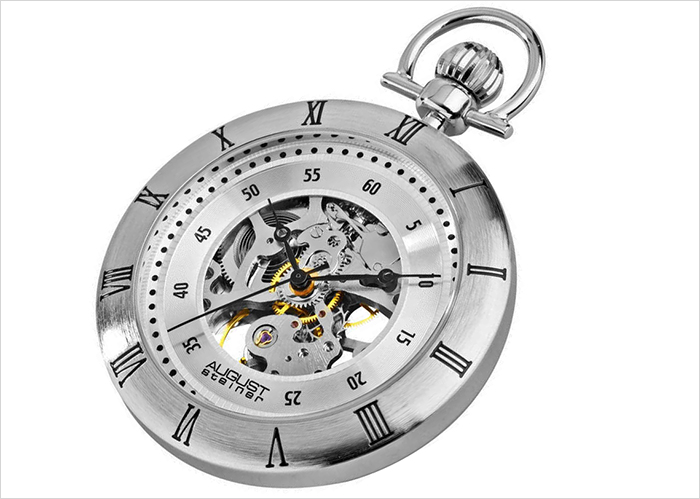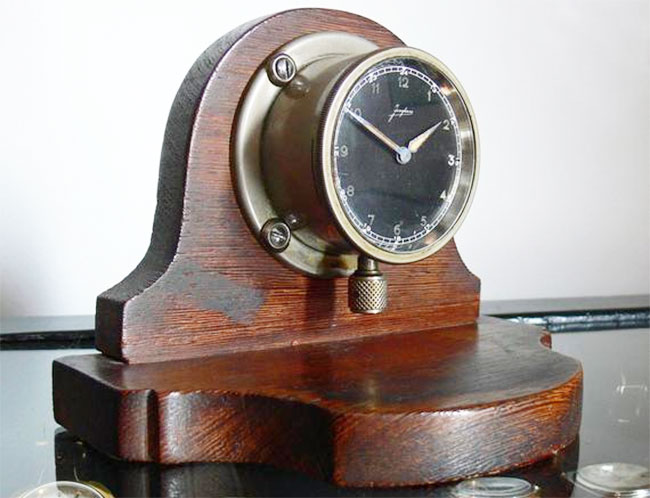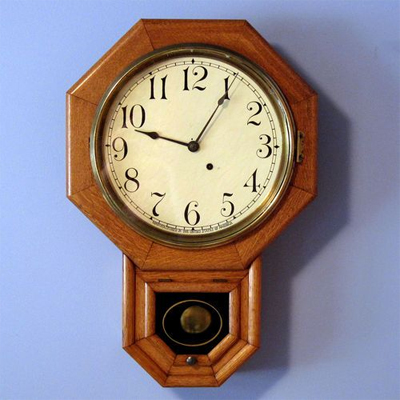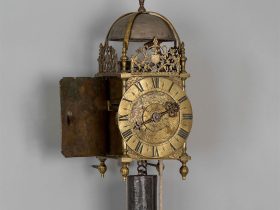The “King of Clocks”
When fire destroyed the Palace of Westminster in 1834, Britain’s politicians held a competition. Who would submit the best design for a new Parliament building? The winning entry, by Sir Charles Barry, was an ornate, Gothic-style palace that included an imposing four-sided clock tower. The Office of Works commissioned “a King of Clocks, the biggest the world has ever seen.”
This clock is one of London’s famous landmarks, and its distinctive chimes are recognized worldwide. Big Ben is its name—although that name originally referred only to its largest bell. This world-famous clock is a marvel of engineering.
A Daunting Task
Work on the 316-foot [96 m] clock tower began in 1843. Three years later the search was on for a craftsman who could build a clock so accurate that it would not vary by more than a second each hour. The task was daunting. In a high open tower, the clock’s hands would be exposed to wind, snow, and ice—as well as alighting pigeons! Such disturbances would affect the clock’s pendulum, whose regular beat was vital to precise timekeeping. While experts debated how to solve the problems, horologist Edmund Beckett Denison presented an acceptable design, and a leading clockmaker was given the task of building the clock.
After two years the clock was ready, but it languished in the clockmaker’s workshop for five more years while work on the tower was being completed. During that time, Denison invented a device that protected the pendulum from outside interference, ensuring the clock’s accuracy.
Big Ben Is Born
With the clock mechanism ready, the next step was to make the bells. A foundry in northeast England cast the hour bell. It was much larger than anticipated and weighed more than 16 tons! The bell was so heavy that it damaged the deck of the ship that was to carry it to London. In time, the ship made the journey. Once on land, the bell was eventually transported in a specially made carriage that was pulled by 16 white horses. Then it was hung on a frame in front of Parliament, where it could be tested.
Many large bells have names, and this enormous bell was dubbed Big Ben. Why? No one is sure. Some say that the bell may have been named after Sir Benjamin Hall, a large man who worked for Parliament. Others suggest that the bell took its name from Benjamin Caunt, a well-known heavyweight boxer of the time. Whatever its origin, Big Ben—no longer the name of just the hour bell—now commonly refers to the entire clock and tower.
Disaster Strikes Twice
Big Ben’s first hammer seemed to be too light, so a huge 1,500-pound [660 kg] hammer replaced it. After months of testing, however, disaster struck. The bell cracked and could not be repaired. Big Ben had to be dismantled. The metal in the bell was melted and then recast into a bell that weighed 13.7 tons. Once again, crowds lined the streets as a carriage bore the new bell to the Houses of Parliament.
A few months later, the tower was ready. Several teams of men worked tirelessly to winch Big Ben up and into the belfry. Finally, the huge bell joined the four smaller bells that were to sound the quarter hours. The heavy clock mechanism followed. At long last, the “King of Clocks” was ready for action—or so it seemed.
In July 1859, Big Ben began striking the hour. But the triumph was short-lived. At the beginning of October, the great bell cracked again! Removing the bell from the tower was out of the question. Instead, workers rotated the bell by a quarter turn so that the hammer would not hit the crack. Then, to prevent future disasters, a lighter hammer was installed. Within three years Big Ben was back in business! The crack remains, and it is what gives the bell its distinct bong.
Historic Milestones
In 1924 the BBC, the British Broadcasting Corporation, installed a permanent microphone in the clock tower and began regular broadcasts of Big Ben’s chimes as the nation’s time signal. Eight years later, listeners throughout the British Commonwealth were linked in too, and today Big Ben’s melodious tones ring out round the world via the BBC World Service.
Although the clock and the bells survived the bombing of the second world war, in 1976 metal fatigue in the chiming mechanism led to mechanical failure that destroyed much of the clock room. The great bell, however, escaped undamaged, and within a few weeks, it resumed striking the hour. It took nine months to restore the clock to working order.
For a time, Big Ben was the largest clock the world had ever seen, and it still is the most accurate public mechanical timepiece. Copied frequently, its characteristic melody can be heard ringing out from both small and great clocks in many lands. Little wonder, then, that Big Ben has become a symbol of England and its capital city. It truly is a “King of Clocks”!
Here are some key facts about Big Ben:
- History and Construction: The construction of the clock tower was completed in 1859 as part of the Palace of Westminster’s renovation following a fire. The tower was designed by Charles Barry, and the clock mechanism was designed by Edmund Beckett Denison. The great bell, Big Ben, was cast by George Mears in 1858.
- Big Ben Bell: The great bell, named ”Big Ben” after Sir Benjamin Hall, who was the Commissioner of Works at the time and oversaw the installation of the bell, weighs approximately 13.7 tons. It’s known for its deep and resonant tone and is one of the largest and most famous bells in the world.
- Clock Mechanism: The clock mechanism is renowned for its accuracy and reliability. It features four clock faces, each measuring 7 meters (23 feet) in diameter, and is operated by a pendulum. The clock’s chimes, which include the famous Westminster Chimes, can be heard every 15 minutes.
- Iconic Landmark: Big Ben and the Elizabeth Tower have become iconic symbols of London and the United Kingdom. The tower and clock are popular tourist attractions, and they are often depicted in various forms of media.
- Restorations and Maintenance: Over the years, the clock and tower have undergone several renovations and maintenance efforts to ensure their continued accuracy and structural integrity.
- Name Confusion: It’s important to note that the name ”Big Ben” technically refers to the bell, not the clock or the tower. Nevertheless, ”Big Ben” is commonly used to refer to the entire clock tower.
- Chiming Tradition: The chimes of Big Ben are broadcast on BBC Radio and television, marking the hour. They have become a familiar and beloved sound for people in the United Kingdom and around the world.











Leave a Reply